The Day Briton’s Water Supply Ran Dry
In June, the 50,000-liter rain tank we built at Kapsotik Primary School in Western Kenya developed a leak.
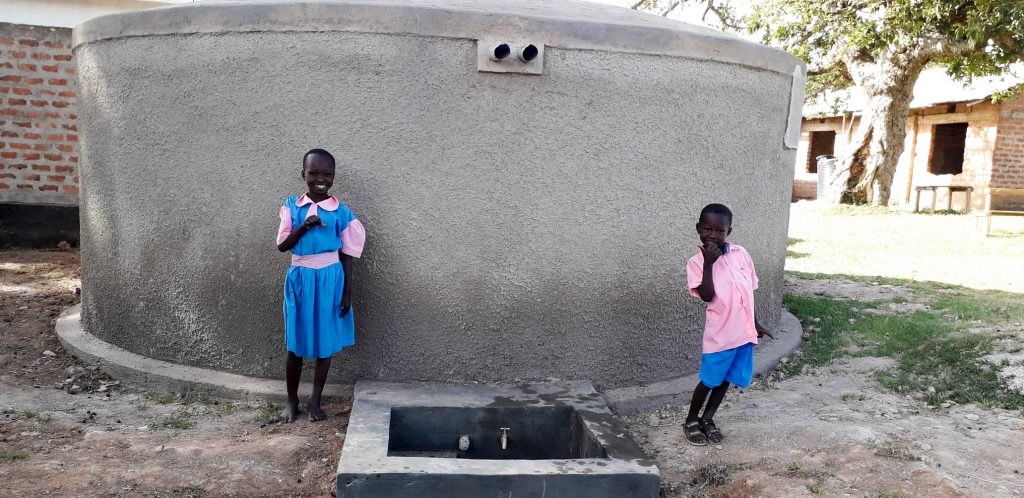
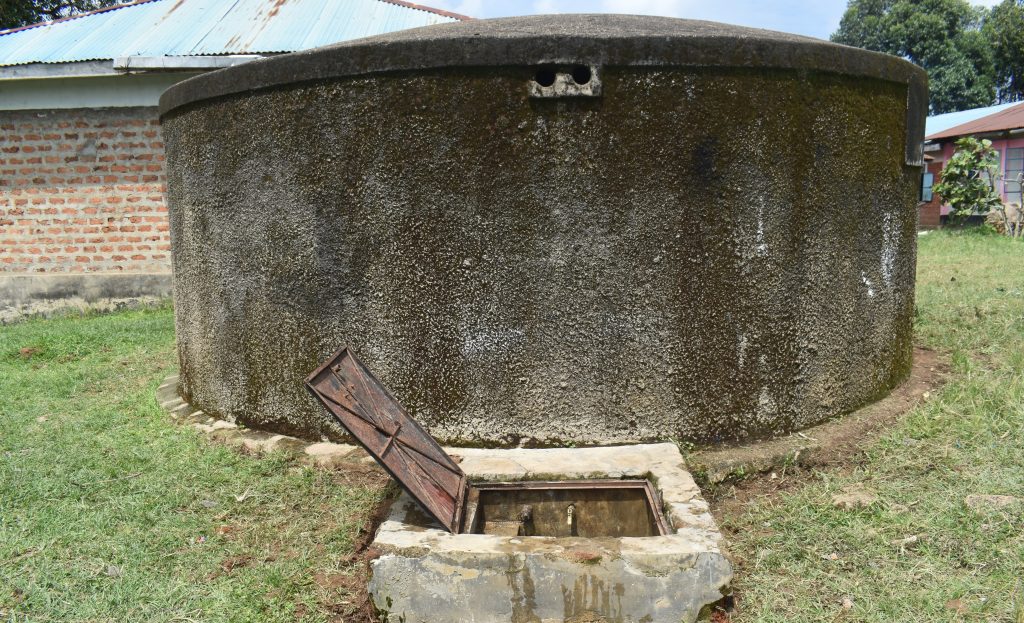
This rain tank doesn’t look quite as pristine as it did when it was first constructed in 2018. The plaque with our name on it has faded to black, algae tinges the outer walls green, and rust has formed on the drawing point cover.
But even if it’s not as aesthetically appealing as it was back then, this tank still faithfully serves hundreds of students and teachers every day. It’s a lifeline and a gateway to an educated future for every child who enrolls here.
The fact that the tank is leaking is an emergency.
Every downed water point is an emergency.
Once our team heard about the issue, the technicians needed a few days to gather materials and devise a repair plan. During that hectic period, 15-year-old Briton was forced to relive what he’d hoped was behind him.
“I felt so sad when our water point stopped working because I had to spend a lot of my time outside the school searching for water, as there was no alternative source available,” Briton explained.
“The need for repairs affected me psychologically because it required me to relearn how to carry water to school — something we had forgotten [how] to do. It also wasted valuable time in the evenings, as I had to go out to fetch water [for the next day], impacting my studies. We spent our precious time that we should use to play for fetching water, and this denied us the opportunity to play.”
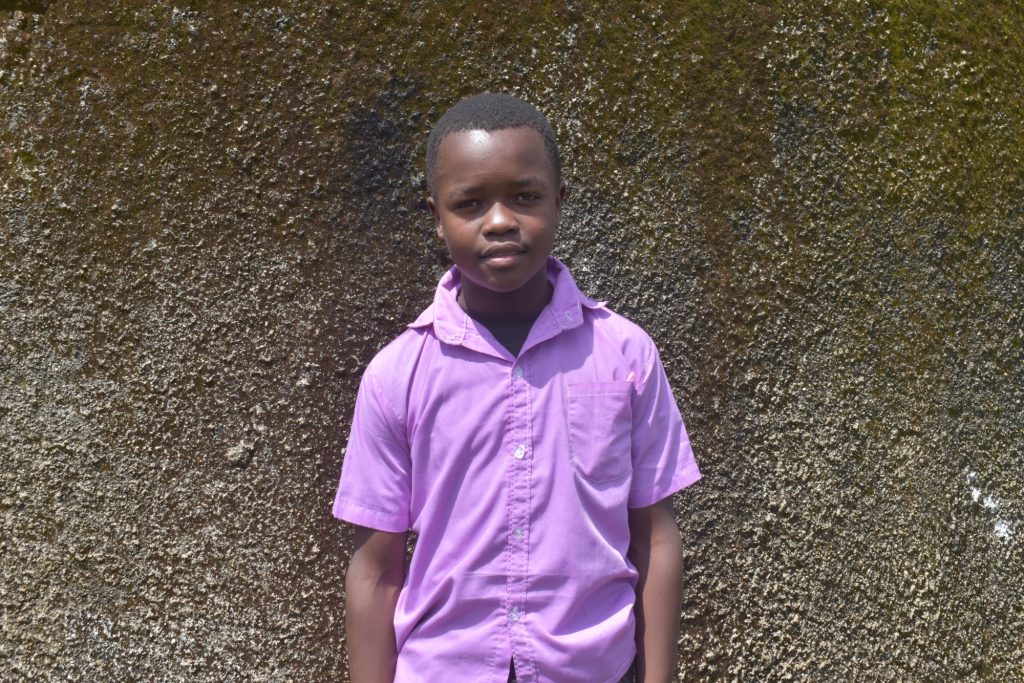
Often, when we ask kids what their futures might look like once they have safe and reliable water, it’s hard for them to imagine. In this case, Briton knew exactly what he was missing when the tank wasn’t providing water.
But he really didn’t need the reminder of what life was like before, because he remembered all too clearly.
“Before this water point was available, we had to draw water from the river, which was very dirty,” Briton said. “During that period, waterborne diseases were prevalent in school. I definitely don’t want to return to that situation because of the negative experiences we endured.”
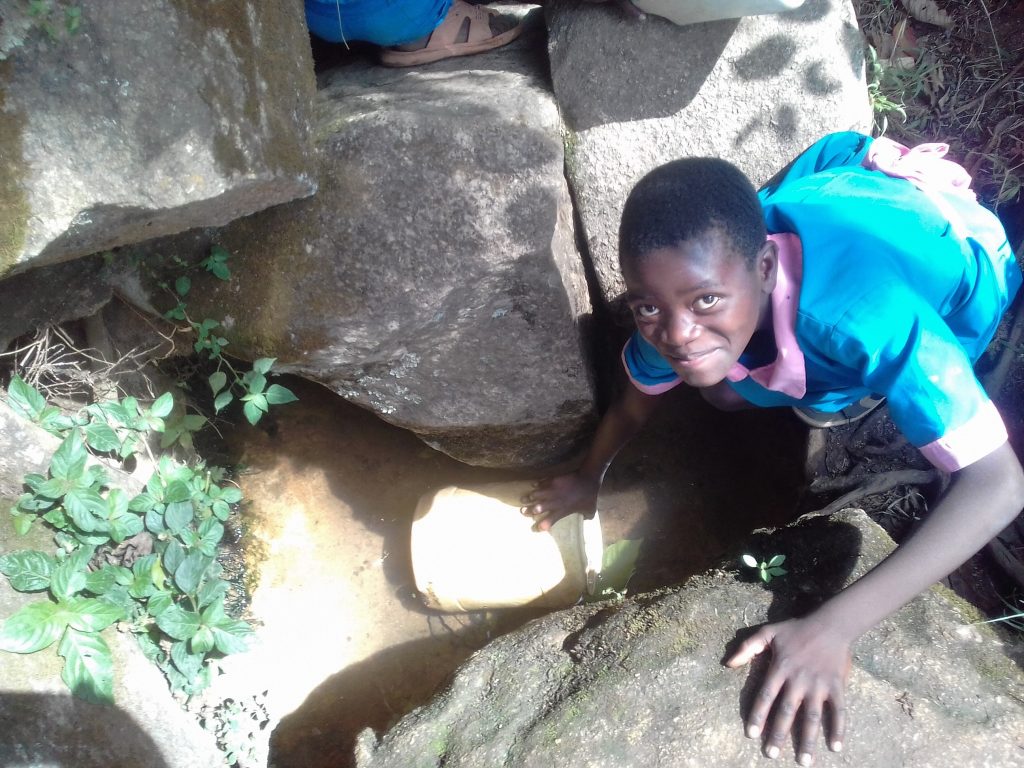
“Learners were compelled to leave school to search for water, often from unsafe sources,” added health teacher Lacelyne Sakwa. “This situation forced students to gather any water available, disregarding its safety, just to avoid facing punishment. Waterborne diseases were rampant during that time, causing frequent delays in school programs.”
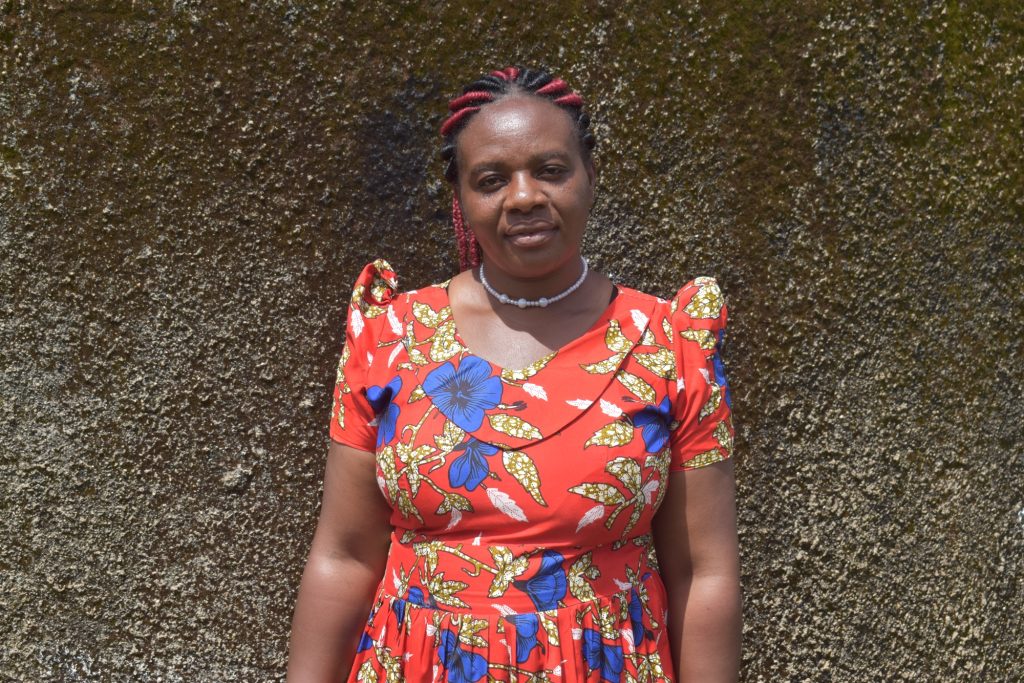
This terrible situation is exactly what we aim to prevent by repairing water points as quickly as we can.
The Repair
Since we constructed this tank in November 2018, our monitoring and maintenance team members have visited or called to assess the tank’s functionality 40 times. But we can’t check our water points’ functionality every day, so the students were the first to notice something was wrong.
Allison Gregory, our Director of Monitoring, Evaluation, Resolution, and Learning, gave more context about the tank’s issue. “The school noticed that the tank was emptying faster than usual and going dry within a few days following a rainstorm. This red flag helped the field officer identify the issue.”
“We had reported the issue to the health teacher, and she had promised to inform the school headteacher, and also inform [your] organization [about] the same,” Briton explained.
“We were advised to contact the organization for major issues requiring specialist attention, while minor issues like cracks could be fixed by us,” Lacelyne said. “We recognized the issue and reported it to the school headteacher, believing he would take action by arranging repairs. However, we learned that we could not address the problem ourselves due to financial constraints. Therefore, we called and reported the matter.”
Once the school reported the issue to us, our teams worked quickly to address it.
“The Operations and Maintenance team inspected the tank to determine that water was leaking through the base, an issue we refer to as seepage,” Allison said.
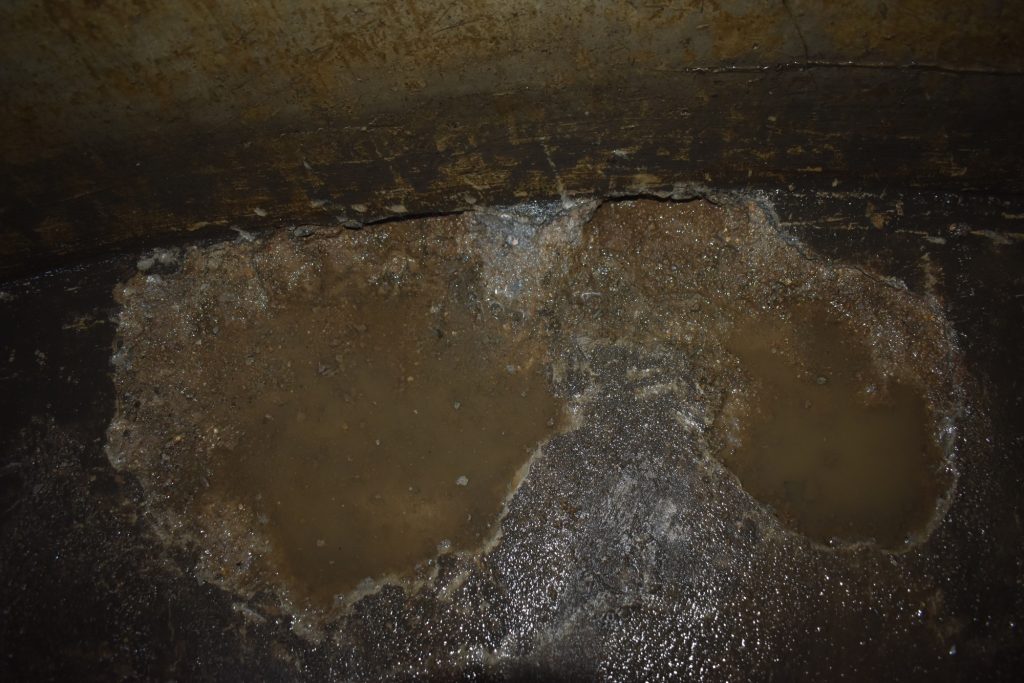
“Seepage depleted the water supply more quickly than usual, reducing the amount of water available for students,” Allison continued. “The school faced challenges in meeting daily water needs because it had no way of knowing how long the water would stay in the tank. Reliable access to water is crucial for sustaining a healthy, focused learning environment, so the uncertainty created by the leaky rainwater tank created a significant challenge.”
Once the preparations were complete, our operations and maintenance team arrived to conduct the repair.
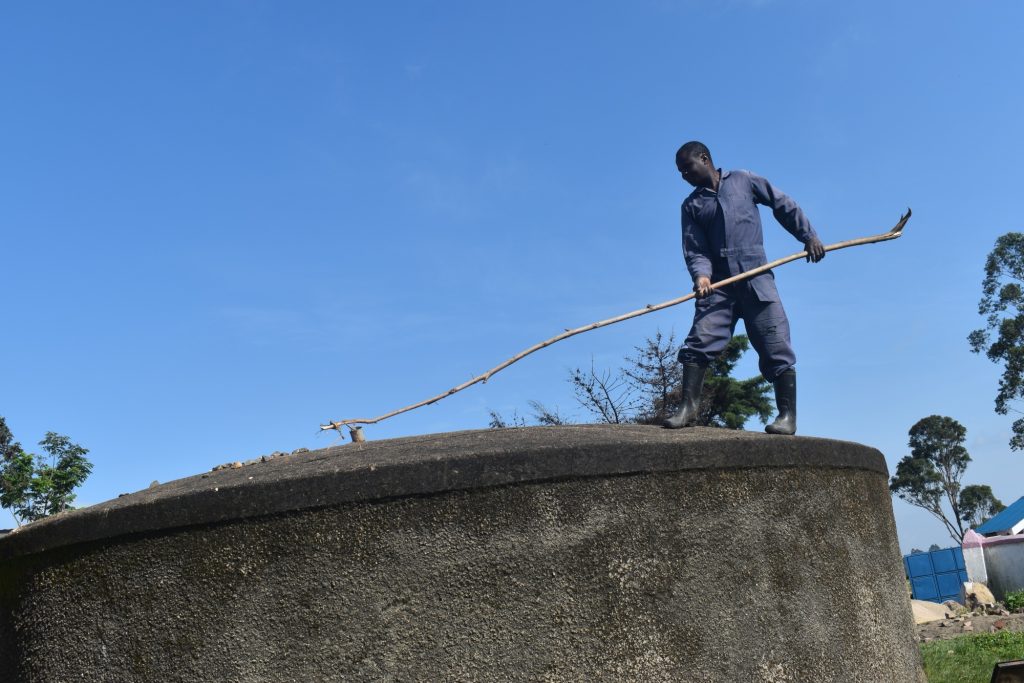
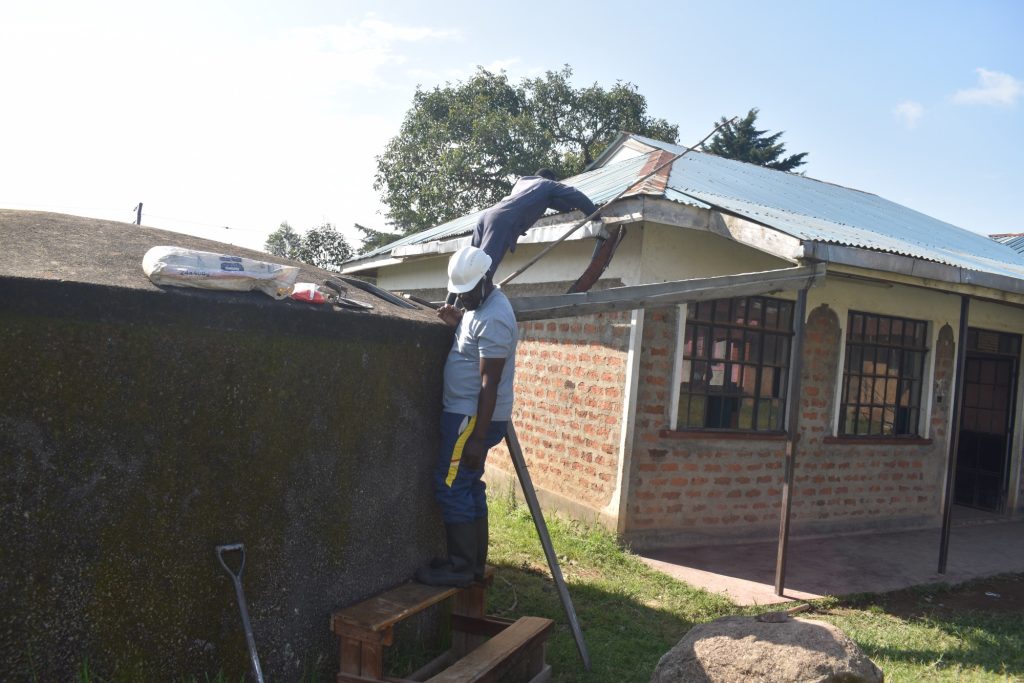
The construction artisans used waterproof cement to patch the holes in the base of the tank where seepage was occurring. It then took a few more days for the patches to dry and cure.
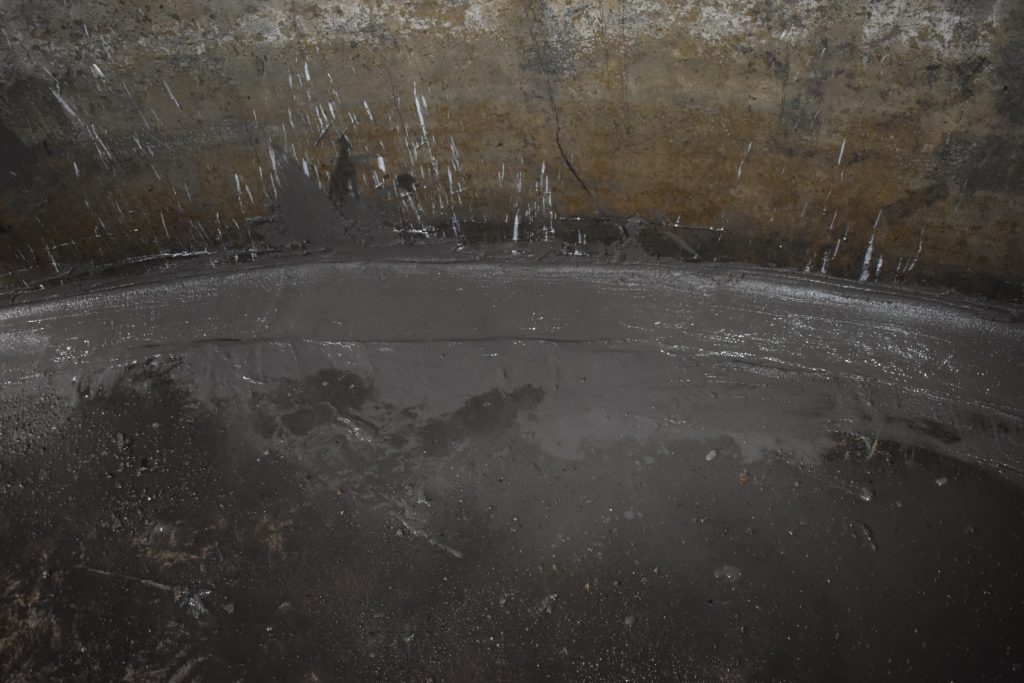
Water Flows Again
Once the repair was complete, our team members cleaned and disinfected the tank using chlorine. After, they waited for the water to replenish before treating it for safe drinking.
Thankfully, the weather was on our side. Just two days after the repair was completed, our team members visited Kapsotik again to find the tank providing water once more.
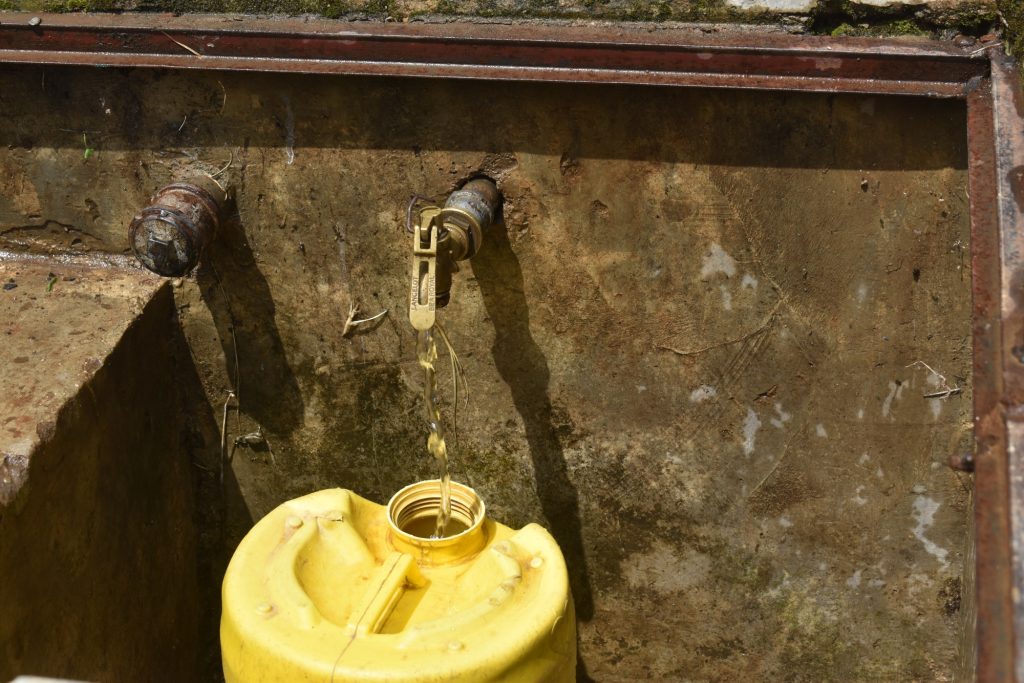
This meant the students and school could go back to using water for all their drinking, hygiene, sanitation, and curricular needs. But even more importantly, it meant kids like Briton were back in class rather than walking long distances in search of unsafe water.
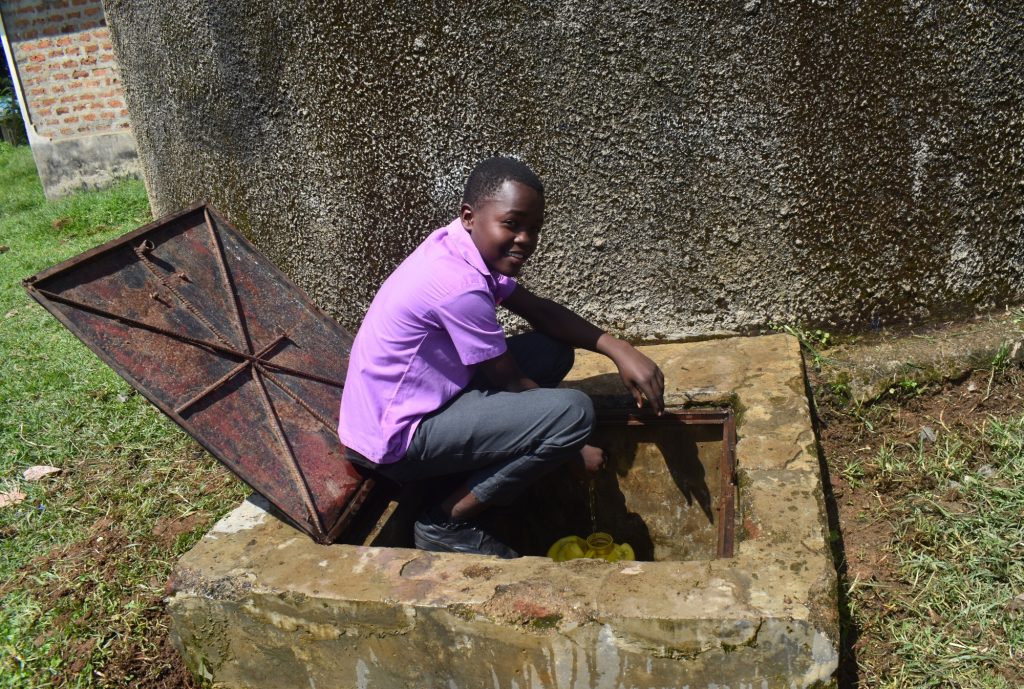
“If no one had repaired this water point, we could continue going back to [our] old ways of getting water, which are not safe,” Briton said. “I feel so excited because I will get water from within as opposed to getting it from distant places.”
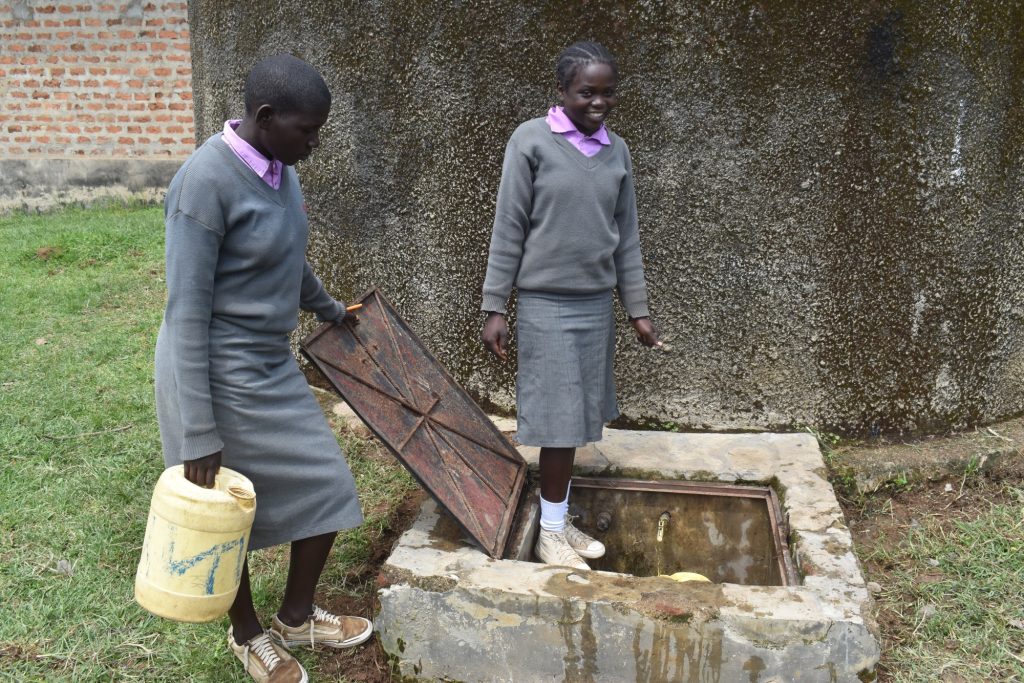
“It gives me a sense of security, knowing there is someone who cares about us and our well-being,” Lacelyne added.
“We would have faced a return to water shortages at school, likely leading to an increase in waterborne and water-related illnesses due to the use of unsafe sources. The water source I rely on at school is now reliable. I feel immensely grateful, because it demonstrates that there are people who genuinely care about our health and well-being.”
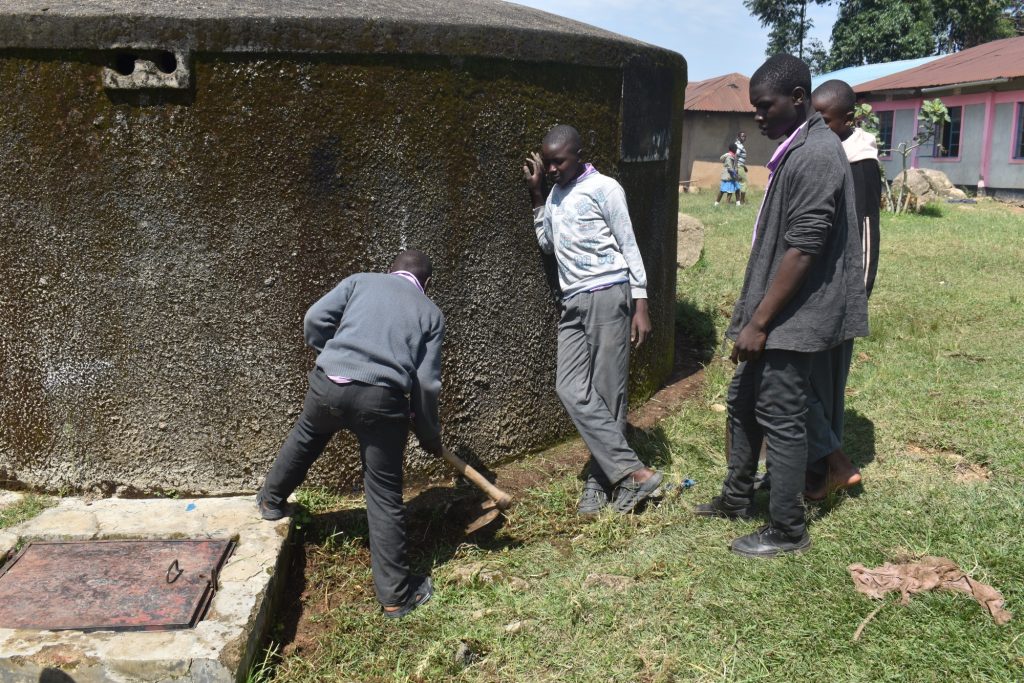
At The Water Project, we care about the health and well-being of every person served by one of our water sources. That’s what we mean when we talk about our Water Promise — a pledge we make whenever we work with a community to always provide them with safe water.
As our founder, Peter, always says: “A broken water point is a broken promise.”
And it’s true. Building a water project in a community and then leaving them to fend for themselves for repairs is short-sighted, even if the intentions were good.
Without our help, this repair project would have stalled when Lacelyne found out the school didn’t have the money to fix the tank themselves. Instead of just a few days without water, Briton’s entire future would have been left hanging in the balance.
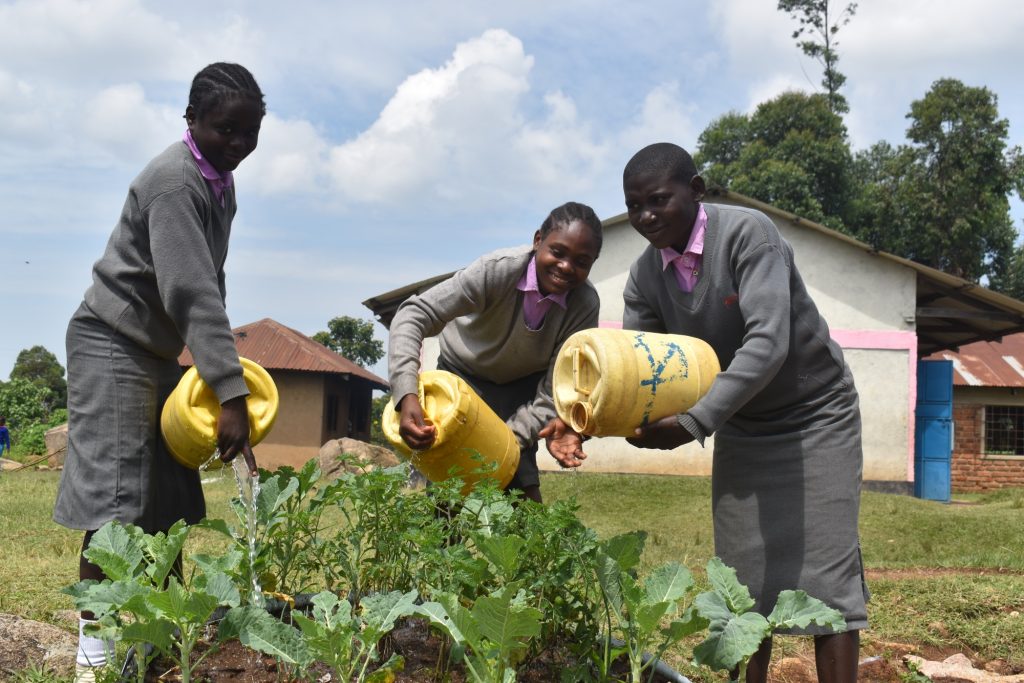
Ongoing Maintenance: Part of the Promise
Every water point we support is part of a long-term commitment that includes routine check-ins, water quality testing, and preventative maintenance. We visit regularly, spot potential issues early, and make sure every community knows they haven’t been forgotten. When something goes wrong, our field staff don’t react; they respond.
When Kapsotik’s students were fetching water from rivers and pools of brown water along the side of a road, there was no doubt their interim water supply was unsafe for drinking. Unfortunately, research shows that even one sip of contaminated water after months of safe water access can undo much of the health protection those months provided. Illnesses can return quickly, especially for children, erasing the hard-earned progress of reliable water access — and water-related infections like cholera, typhoid, and schistosomiasis can be deadly.
We couldn’t prevent that short delay when Kapsotik’s students were forced back to their old, unsafe water sources. But monitoring and maintenance mean that, as we speak, kids like Briton and teachers like Lacelyne are back to accessing safe, reliable water.
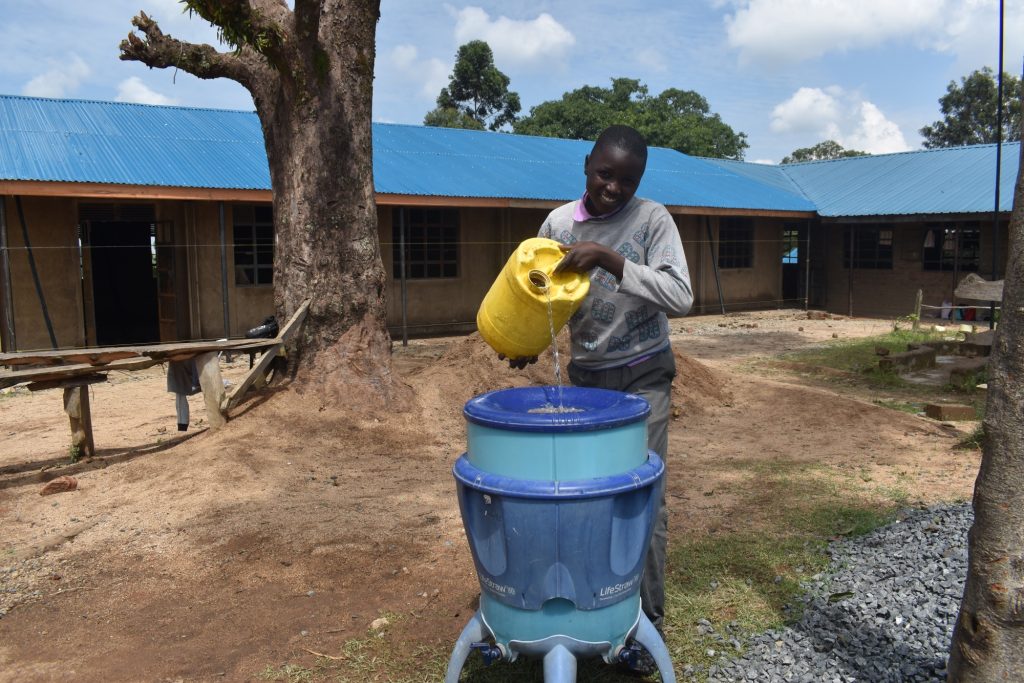
Once the water had started flowing again, we asked Briton and Lacelyne what they would say to the kind donors who helped fix their water point.
“I feel so happy and grateful to the donors for making it possible,” Briton said. “I kindly urge the donors to continue supporting projects in schools for reliability, because [the] majority of them may not be in a position to reinstate their water points when they break down because of financial constraints.”
“I would encourage them to keep supporting us and other beneficiaries because we understand that clean water is crucial for good health,” Lacelyne said. “When we have access to clean water, we can significantly minimize the impact of waterborne diseases.”
Your gift toward our Water Promise will help stop that “one sip” from happening — funding urgent repairs like this one so safe water flows fast when things go wrong.
If you sign up for recurring donations of any frequency, you’ll do something even more powerful. You’ll join the Water Promise Circle, a group of dedicated supporters whose continuous generosity fuels our repair work and fosters a sense of community and purpose.
“I chose to be part of the Water Promise Circle because I care deeply about people and the planet,” said one Water Promise Circle donor. “Clean water shouldn’t be a one-time gift — it should be a lasting promise. Supporting long-term solutions felt like the most meaningful way to help.”
We couldn’t agree more!
Whether you give once or every month, you can be part of keeping safe water flowing for schools like Kapsotik — and kids like Briton — for years to come.
Home More Like ThisTweet